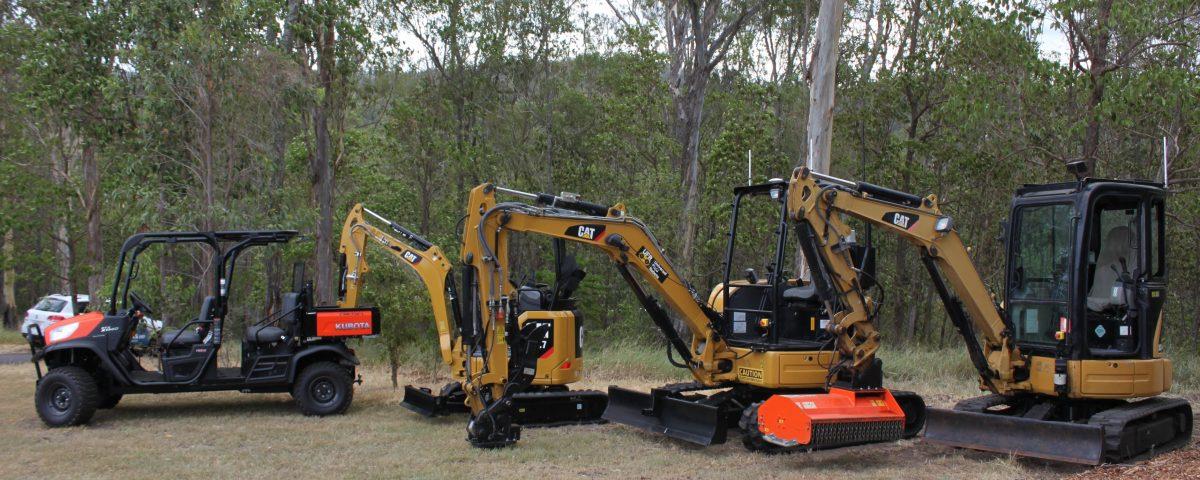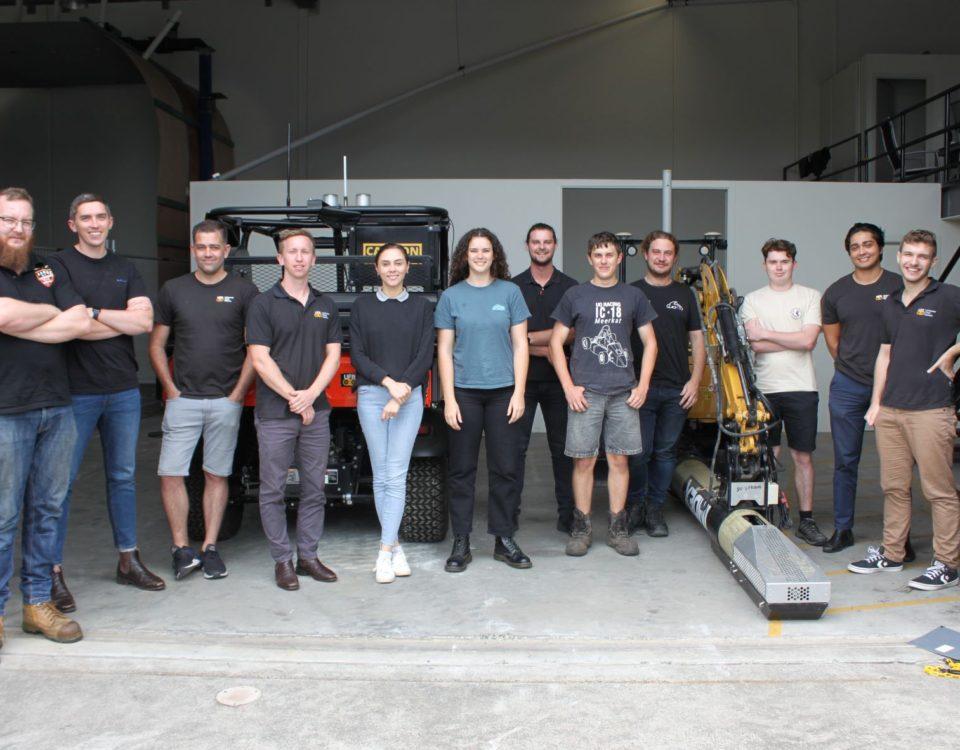Universal Field Robots driving automation gains

In our recent articles, The age of automation is here: is Australia ready? And How to make automation a win-win for organisations and workers, we took a look at Australia’s future as automation becomes a pressing reality across all sectors.
McKinsey & Company’s 2019 report, Australia’s automation opportunity: Reigniting productivity and inclusive income growth, stresses that “automation is already happening and can’t be stopped. Choosing ‘no automation’ is not an option”.
While this may seem daunting to Australian businesses and workers, automation technologies such as machine learning, artificial intelligence (AI) and advanced robotics also represent an enormous opportunity to boost production and income growth in Australia. In order to achieve these positive outcomes:
– automation should be adopted rapidly
– there must be effective policies coordinated across the public and private sectors for sharing the spoils of productivity gains.
“Once automation kicks in,” the McKinsey & Company report notes, “it will have second-round positive impacts on income and consumption, creating a virtuous loop.”
How we’re responding to the automation wave
At Universal Field Robots, we’re developing autonomous robots with extraordinary capabilities that can be applied across multiple sectors. We have designed machines to operate in mining, agriculture, renewable energy projects, and construction.
What do our robots look like?
Our engineers are passionate about the benefits of robotics, and we’re ahead of the curve in developing affordable, fully autonomous machines with industrial-scale capabilities.
We chose tried-and-tested mechanical platforms as the foundation for our products. Our UFR E-series machines are our powerful outdoor robots built upon 1.7-ton, 3.5-ton, and 8-ton Caterpillar excavators as a base. The excavator is retrofitted with hydraulics, electronics, computer, sensors and our state of the art software, which give it autonomous capabilities.
Our product is capable of much more than just autonomously digging holes. Standard or bespoke attachments can be designed an fitted to the machine to give it greater capabilities. Attachments include mowers, mulchers, augers, trenchers, slashers, drilling buckets, winches, grab assemblies and more.
We have also recently completed testing on an All Terrain Vehicle (ATV) fitted with an autonomy package, sensors for data collection and work tools. This provides autonomous logistics transport for support of field personnel.
How do they work?
The range of applications for our products is vast.
– In agriculture, we’re working with avocado farmers to develop capabilities for picking, pruning, weed control and mowing.
– In forestry, our robots will also be able to harvest trees and manage vegetation.
– On solar farms, our robots can work on foundation installation and post-driving, using a custom attachment that senses the pile, grips it, and allows it to be manipulated into position.
– In the construction sector, excavation, batter ram and road construction will be automated.
– And, in the expensive world of mining, Universal Field Robots can provide autonomous truck loading, road maintenance, face cleaning, drill bit changing, downhole sampling and survey, and drawpoint sampling. Our current mining application developed for Imdex uses a specialised attachment that carries the sensor and has a winch to lower it into a drill hole.
What are the benefits?
In line with McKinsey & Company’s recommendations, Universal Field Robots aims to make rapid adoption of automation simple and financially viable across multiple key industries. We’ve harnessed trusted existing technology in the Caterpillar excavator base, and overlaid state-of-the-art robotic software to enable better performance, higher productivity, safer work conditions and sustainability wins.
Benefits of Universal Field Robots include:
– Fewer risks to workers. Autonomous vehicles negate the dangers that have previously faced workers who’ve had to operate machinery manually. They’re also able to operate around the clock safely, without the risk of driver fatigue.
– Versatility and swift performance. Universal Field Robots can work harder and faster than manual labourers, greatly improving productivity and optimising ROI. Machines are internet connected and can be monitored and controlled from anywhere in the world.
– Robotic software can be supported and upgraded over time, and digital prototyping and simulated testing saves on research and development costs. Machines remain highly capable as technological advances continue.
– Using stereo camera vision and LiDAR technologies, Universal Field Robots offer extraordinary precision, which improves safety and reduces unnecessary energy consumption and waste.
– Agility and speed of deployment. Universal Field Robots is able to rapidly design, prototype and test, reducing the time from idea to application to a matter of months.
Want to find out more about how our products are responding to the age of automation? Get in touch with our Brisbane-based Universal Field Robots team.

